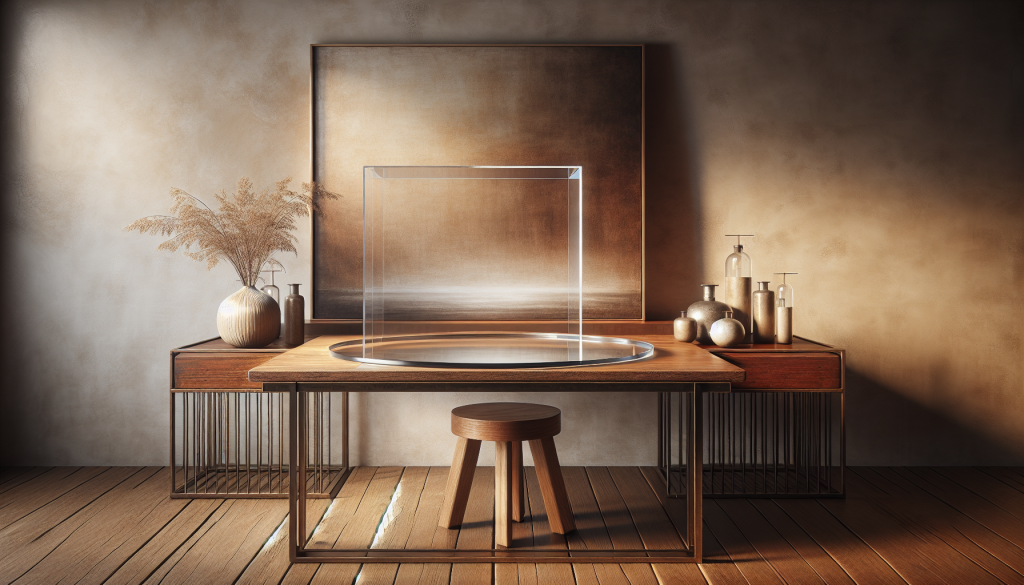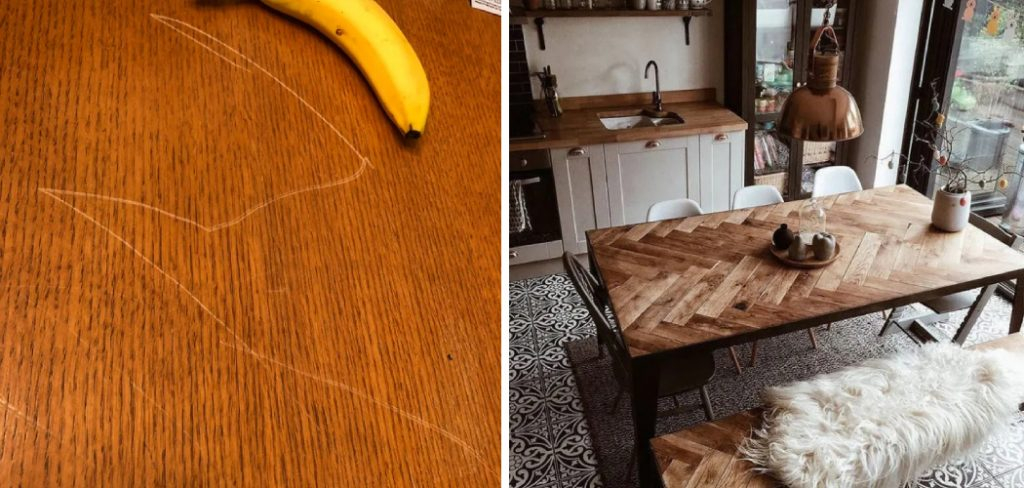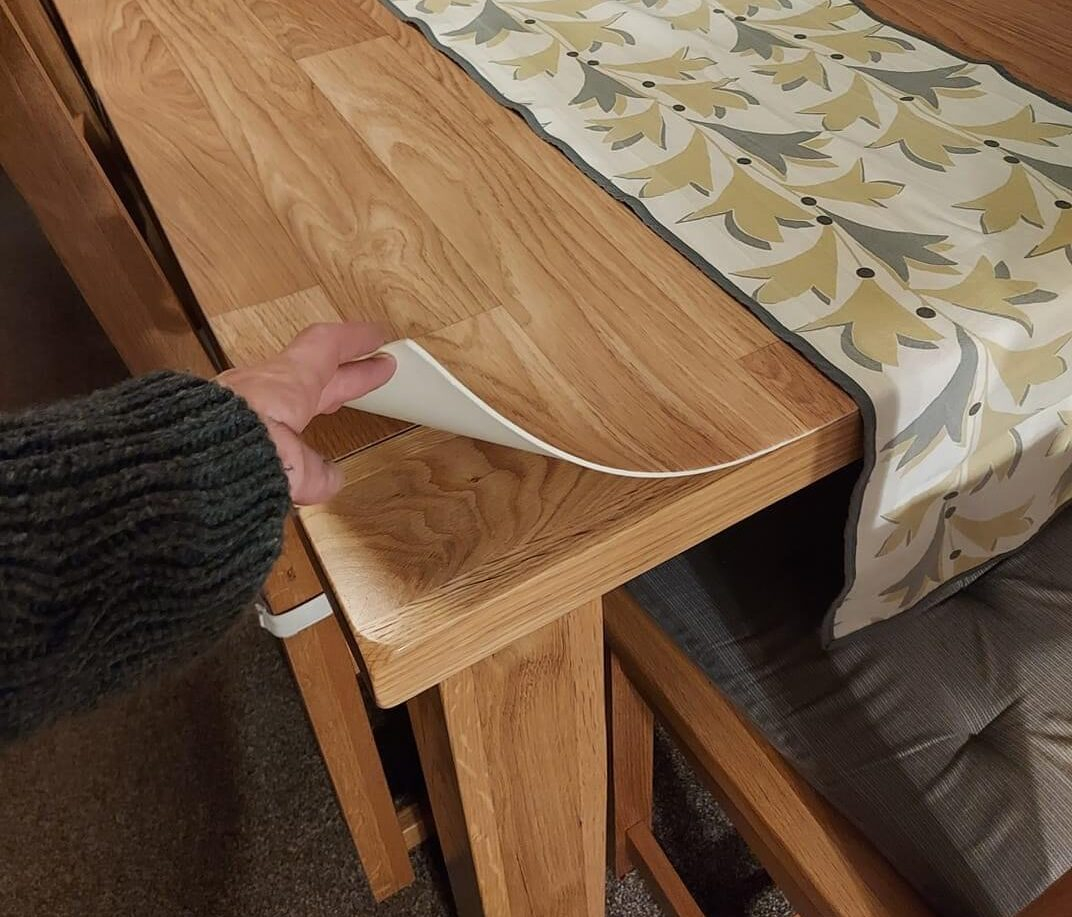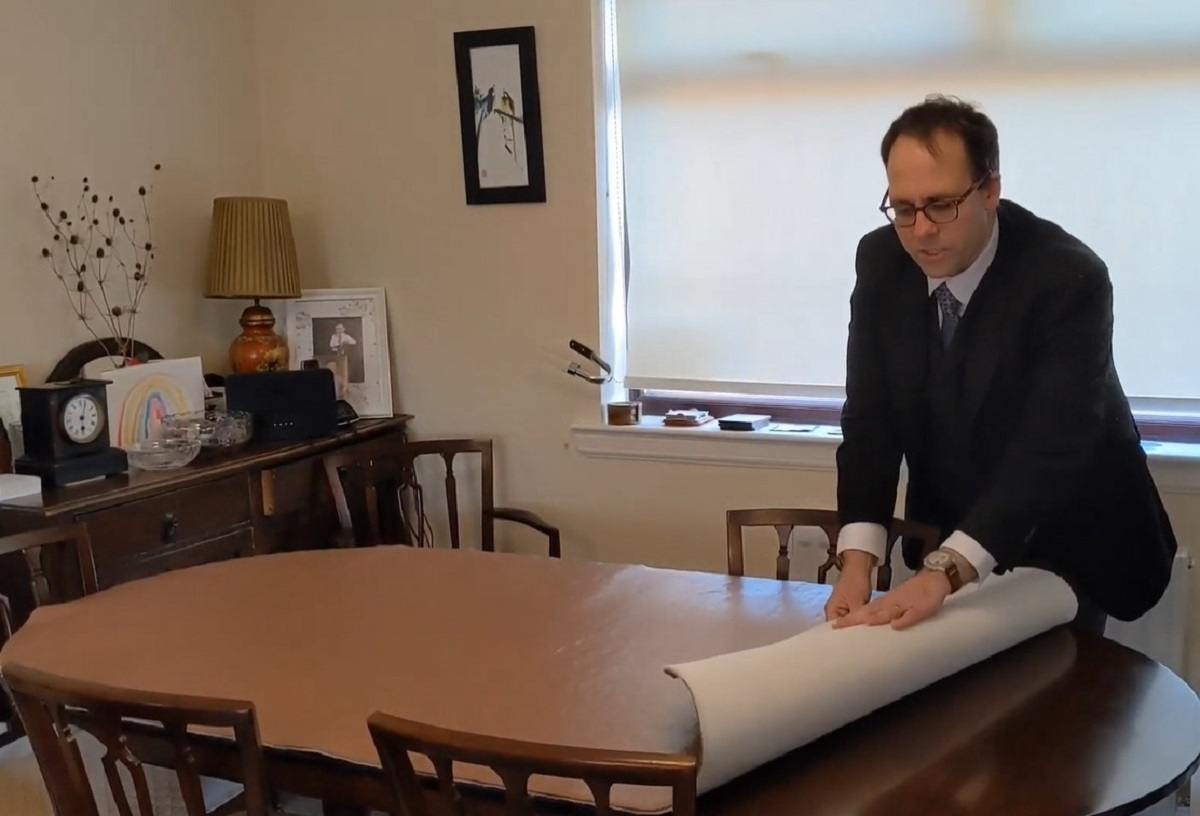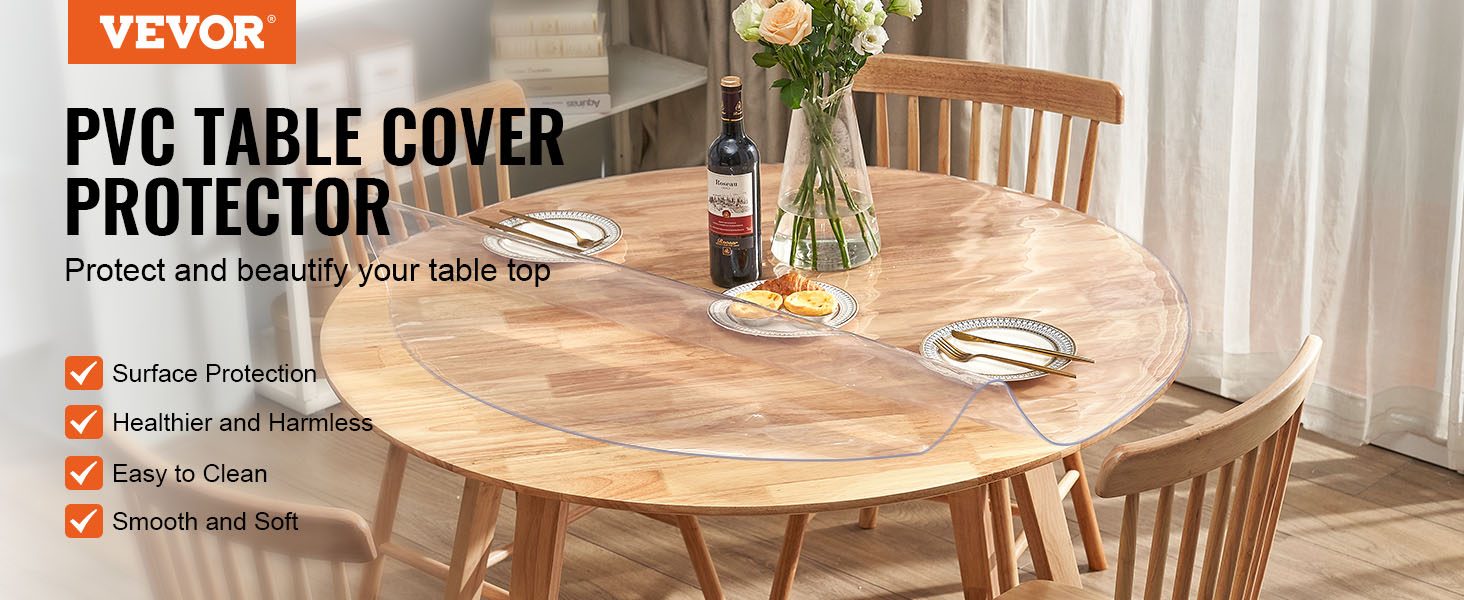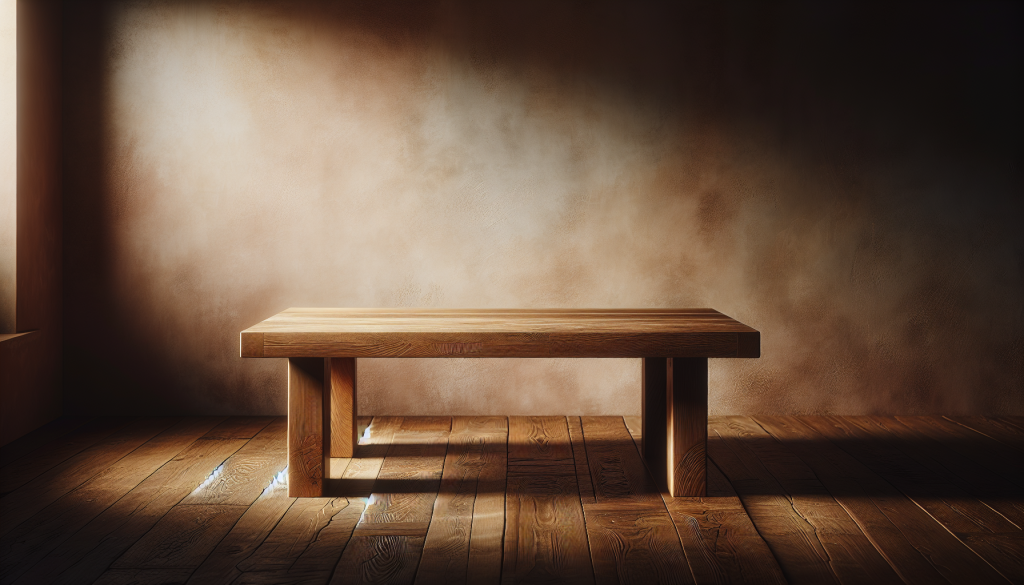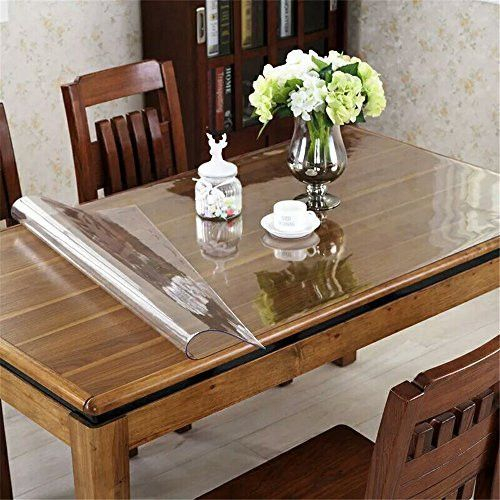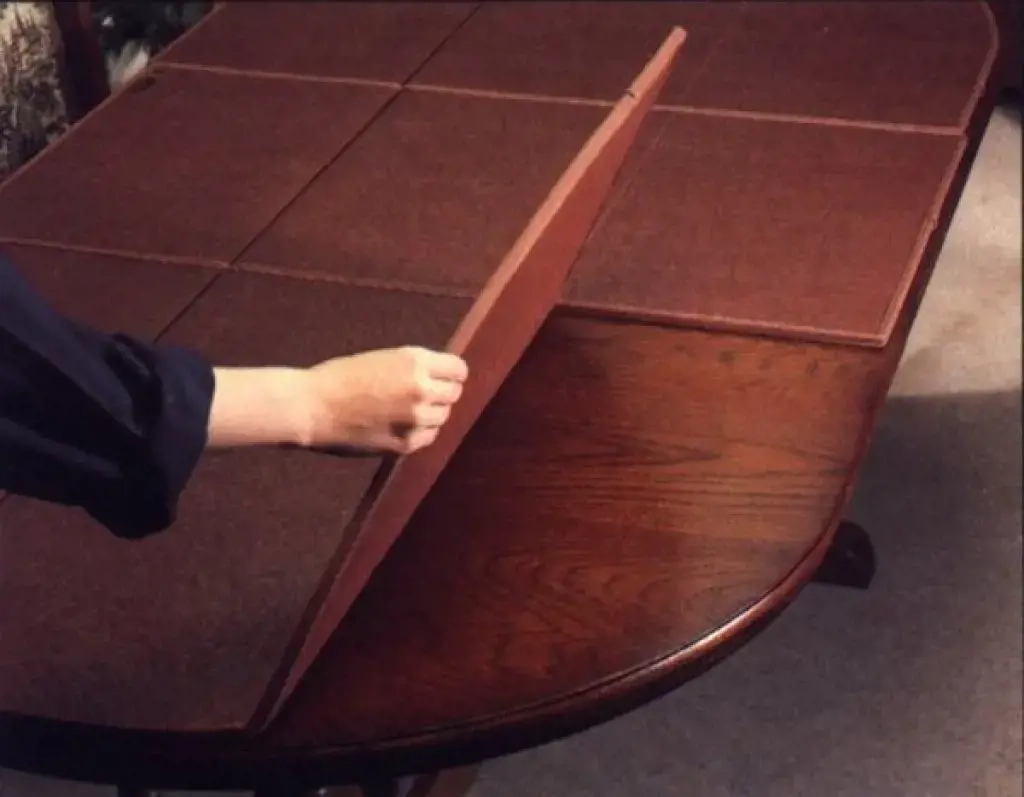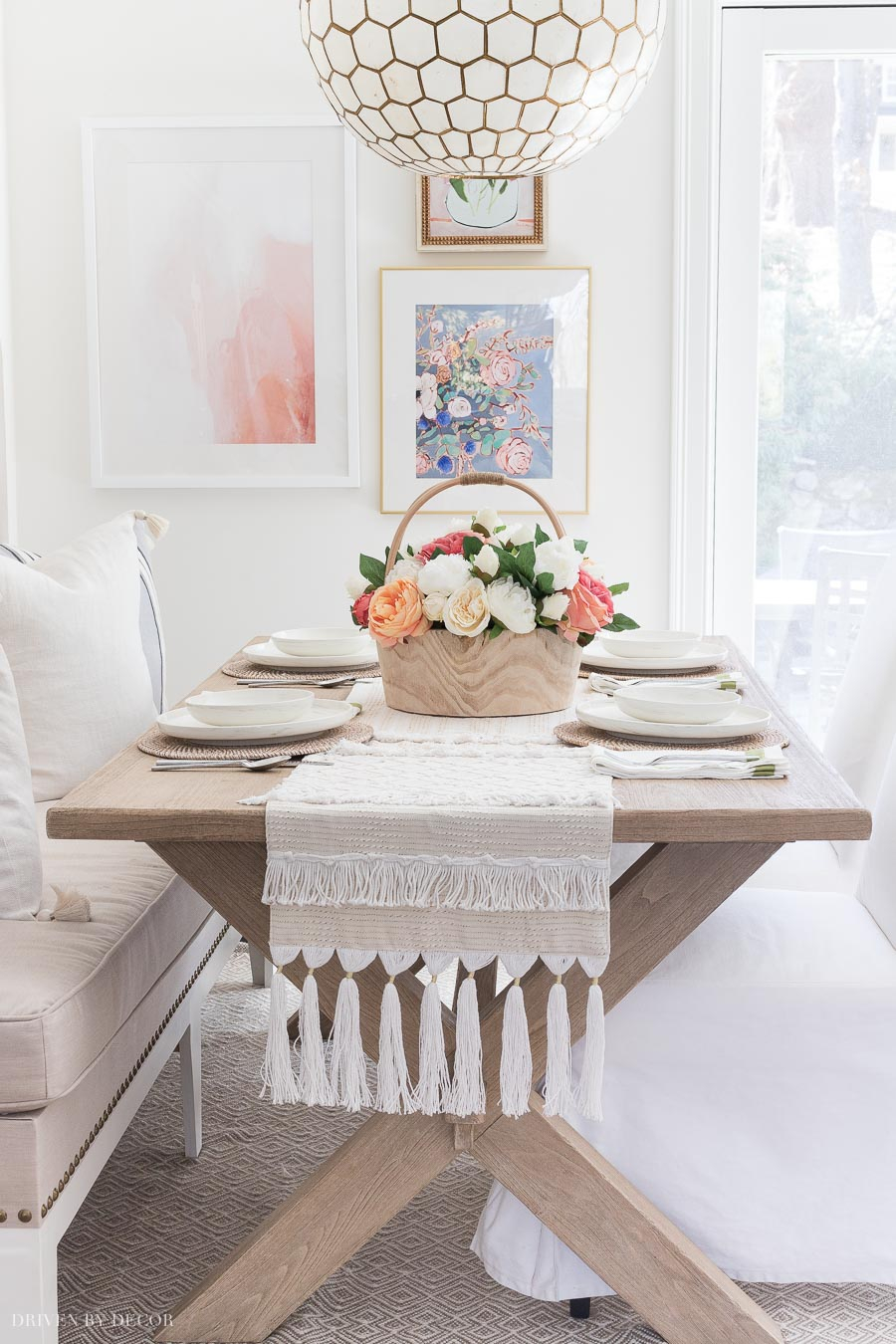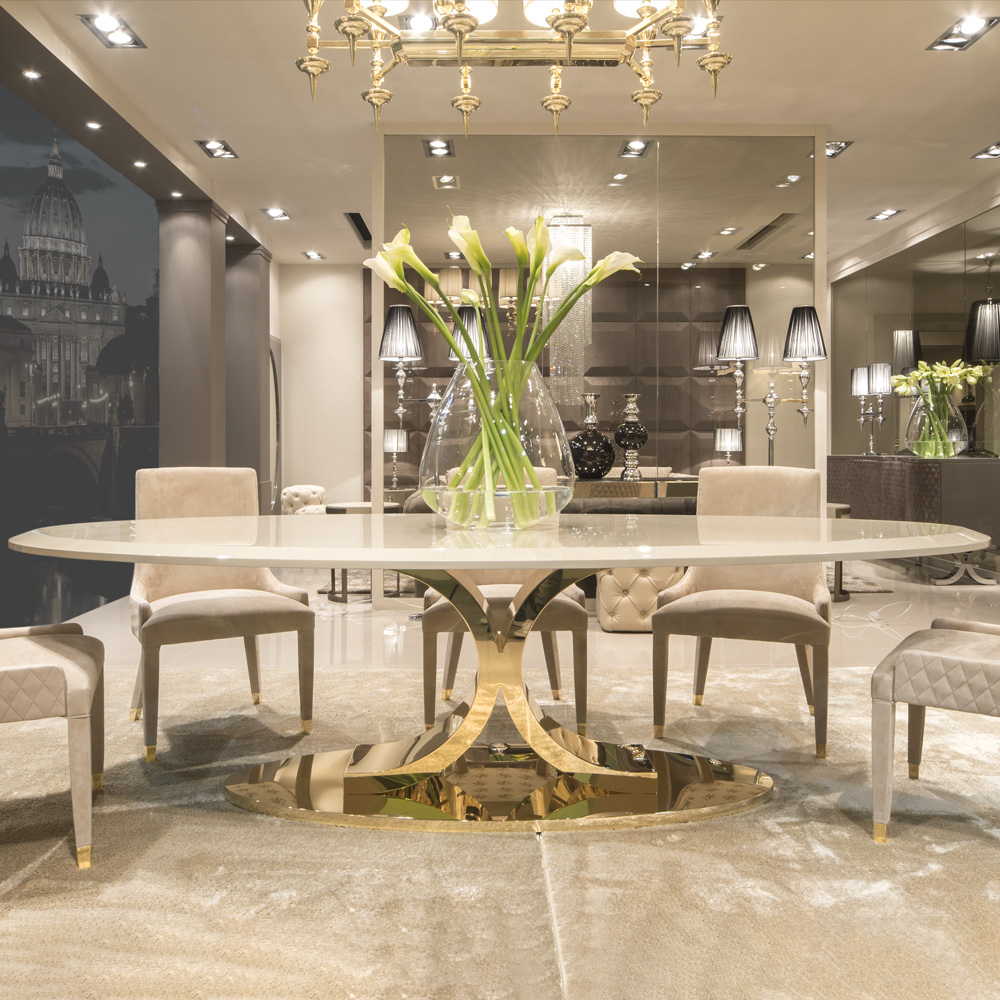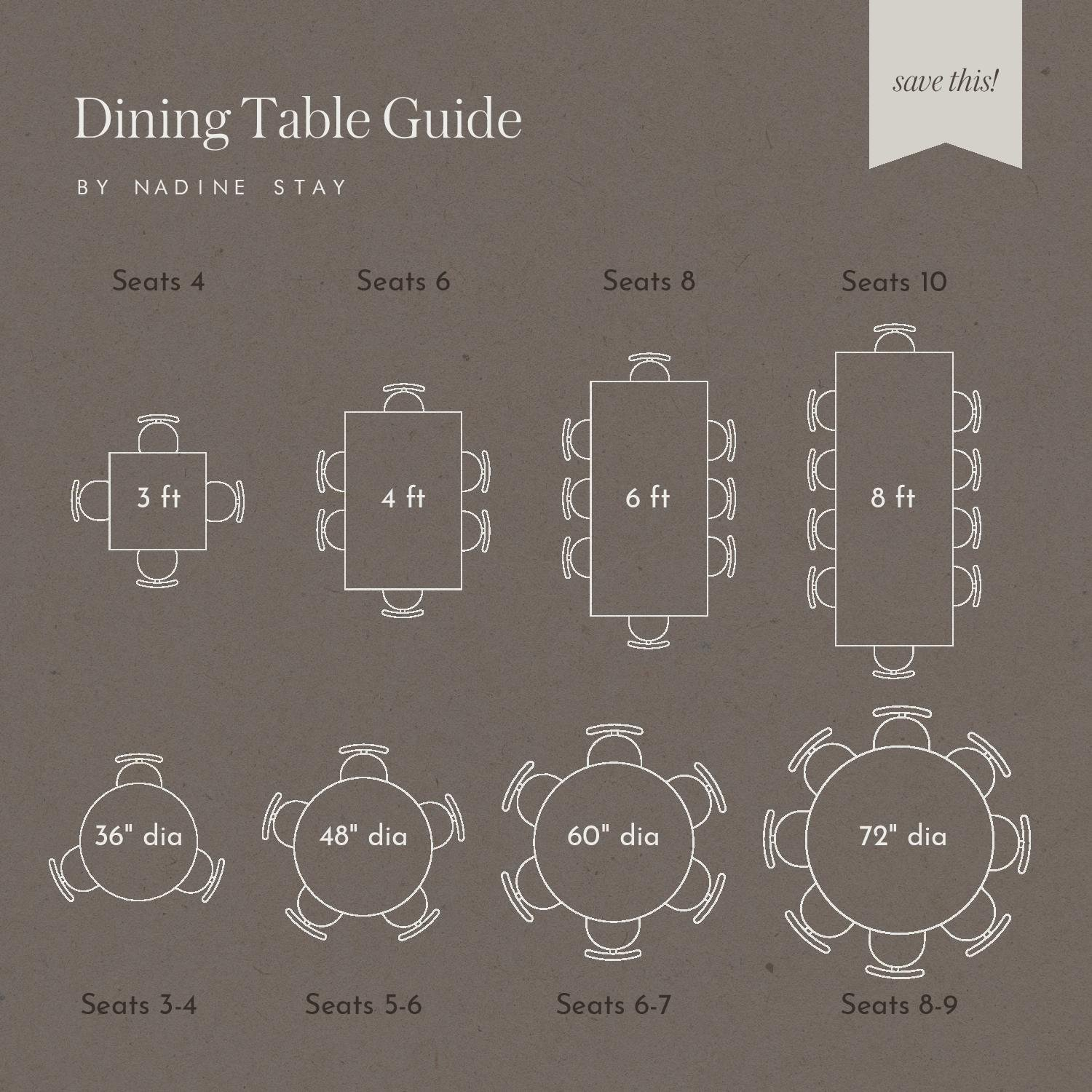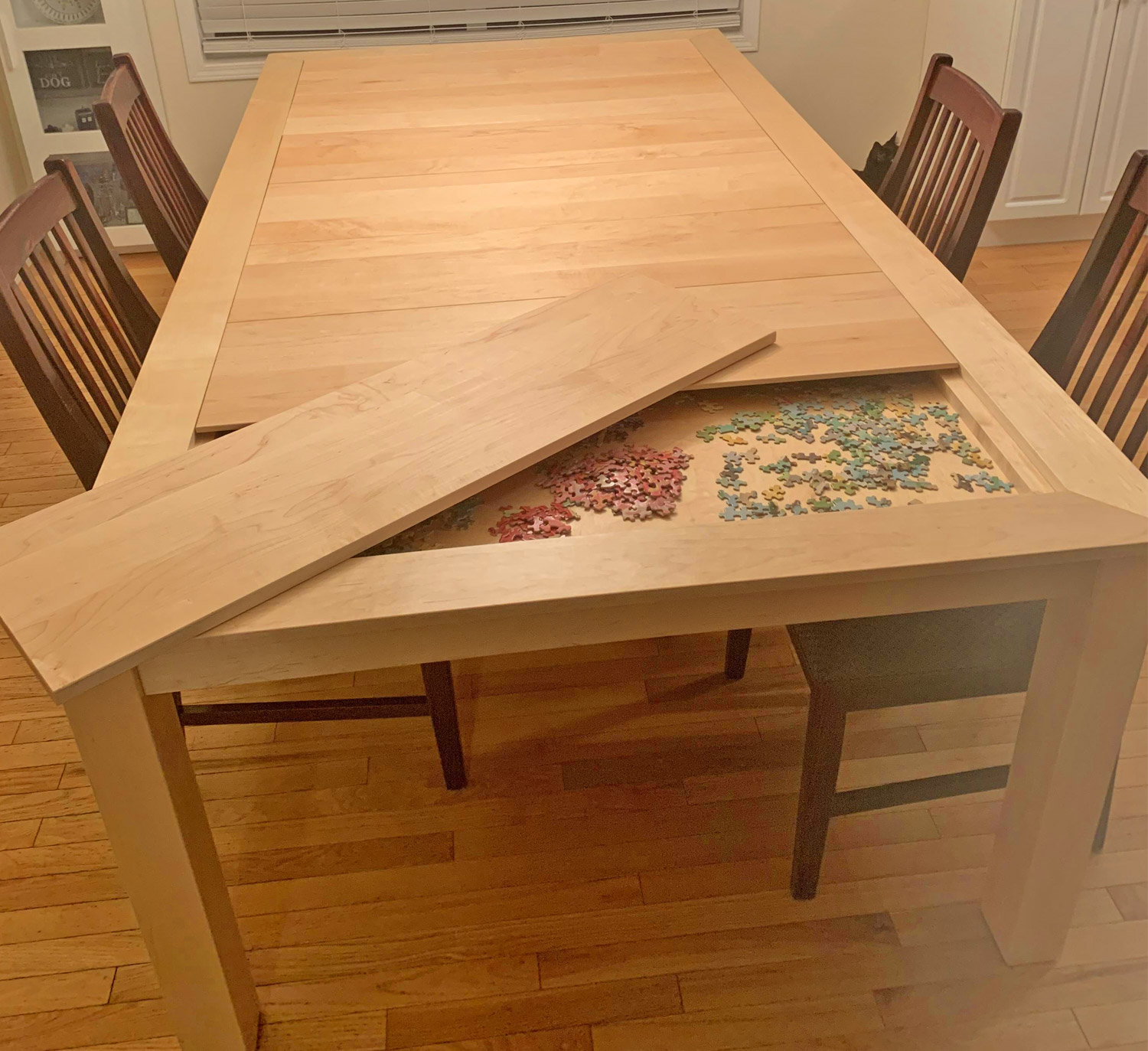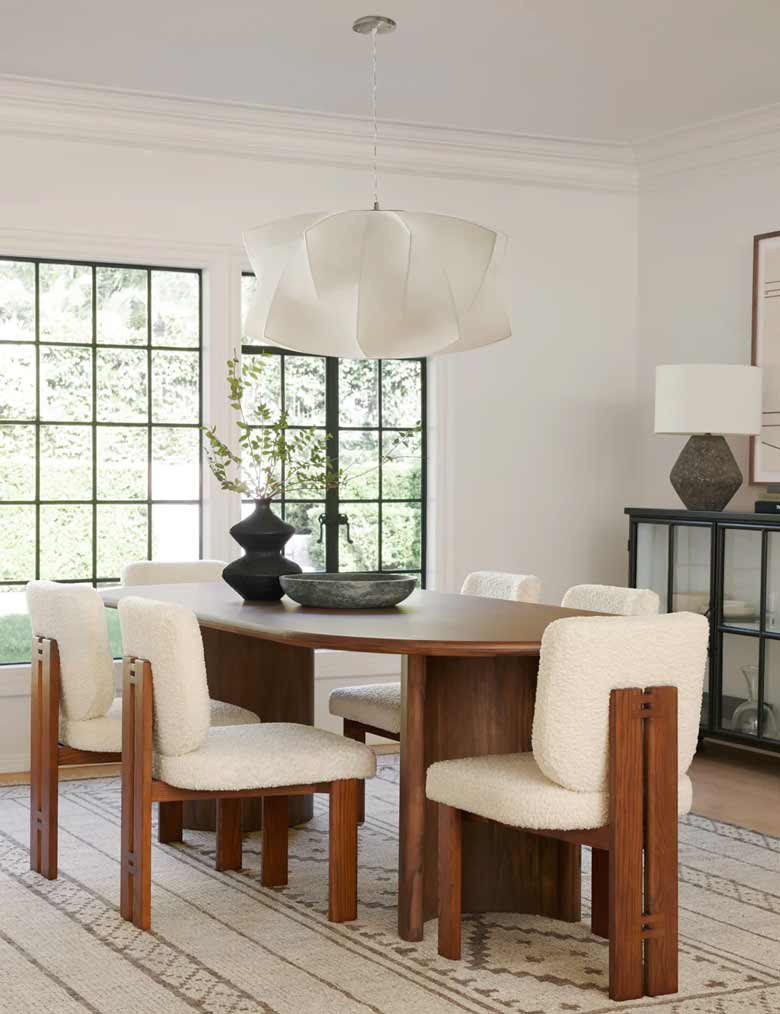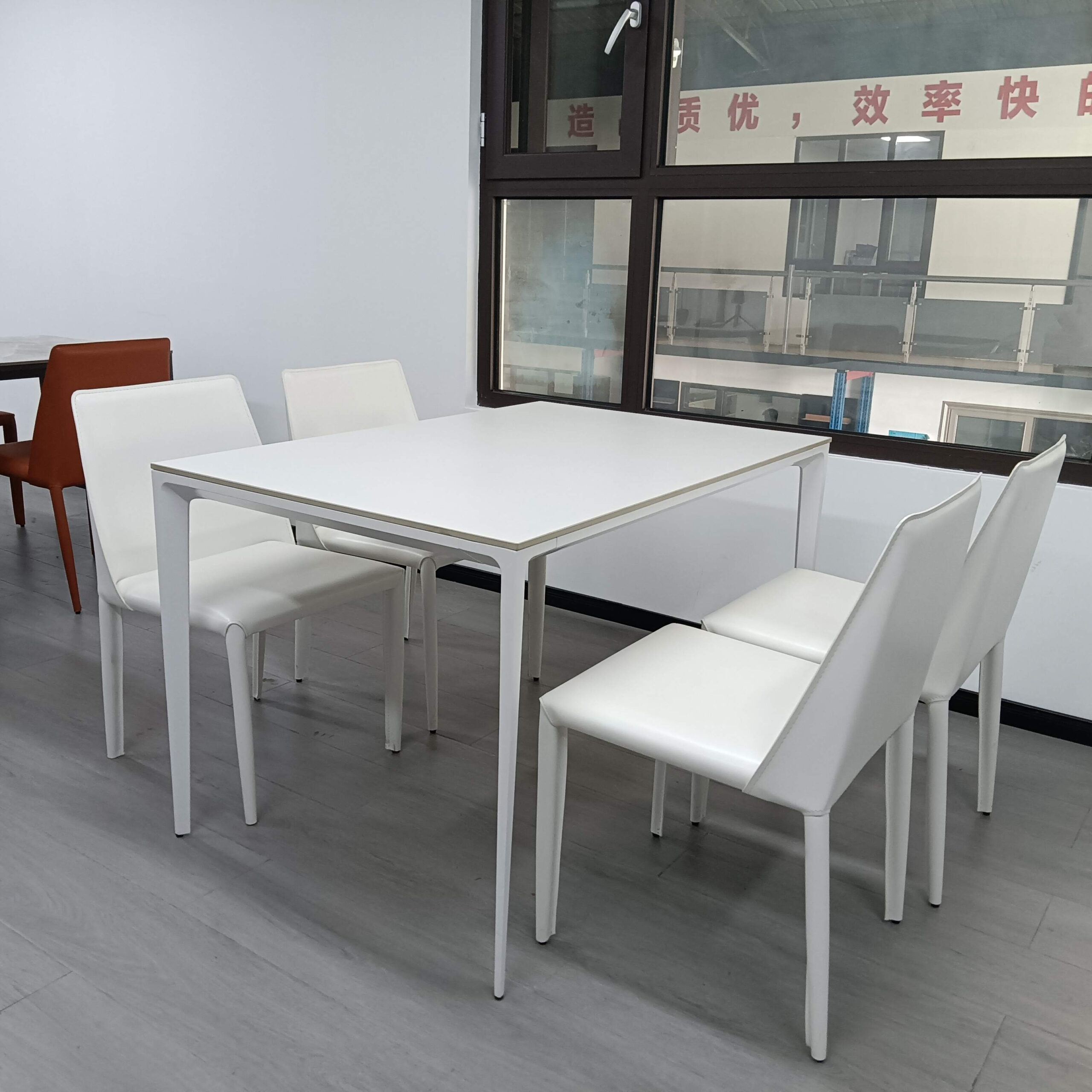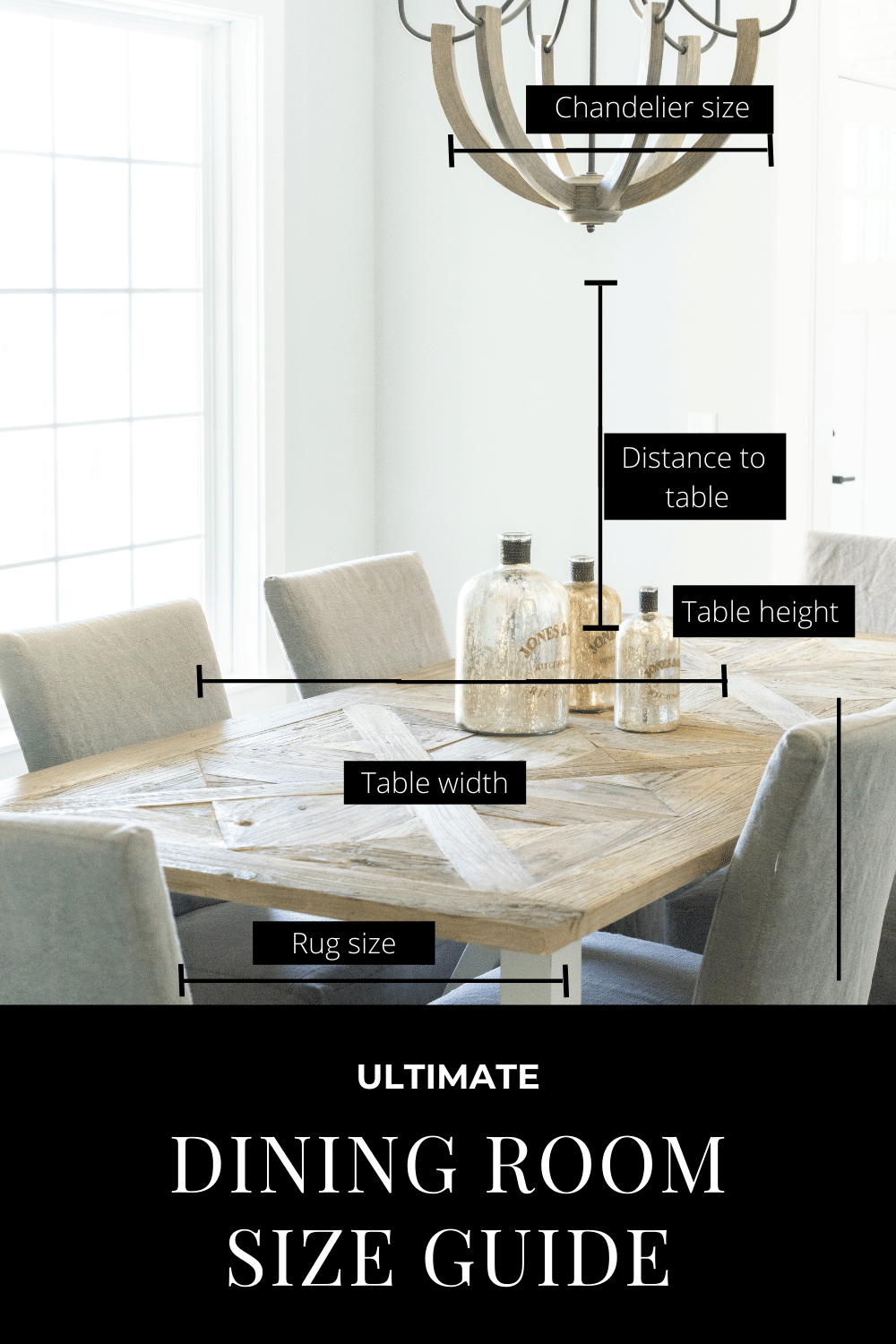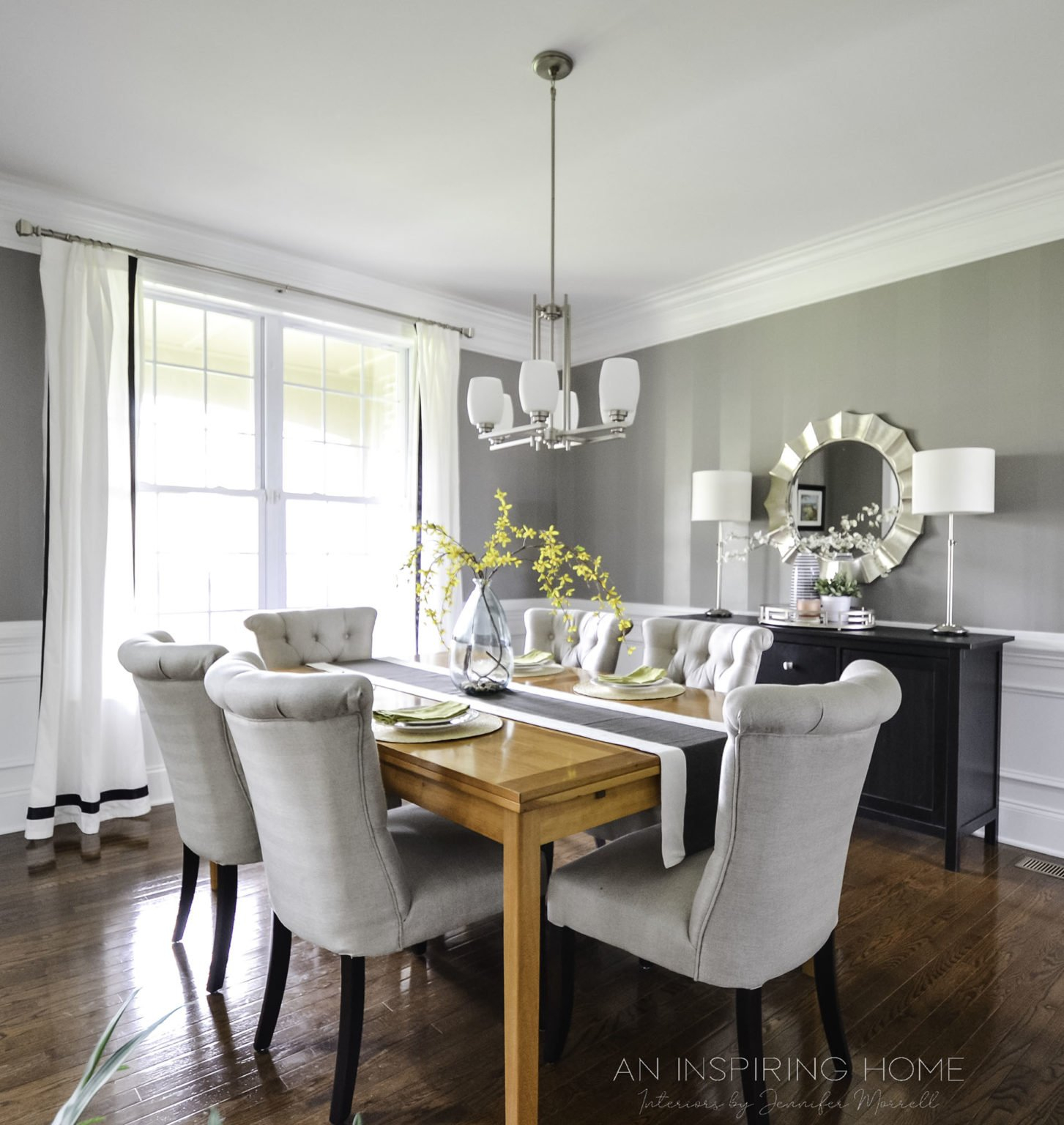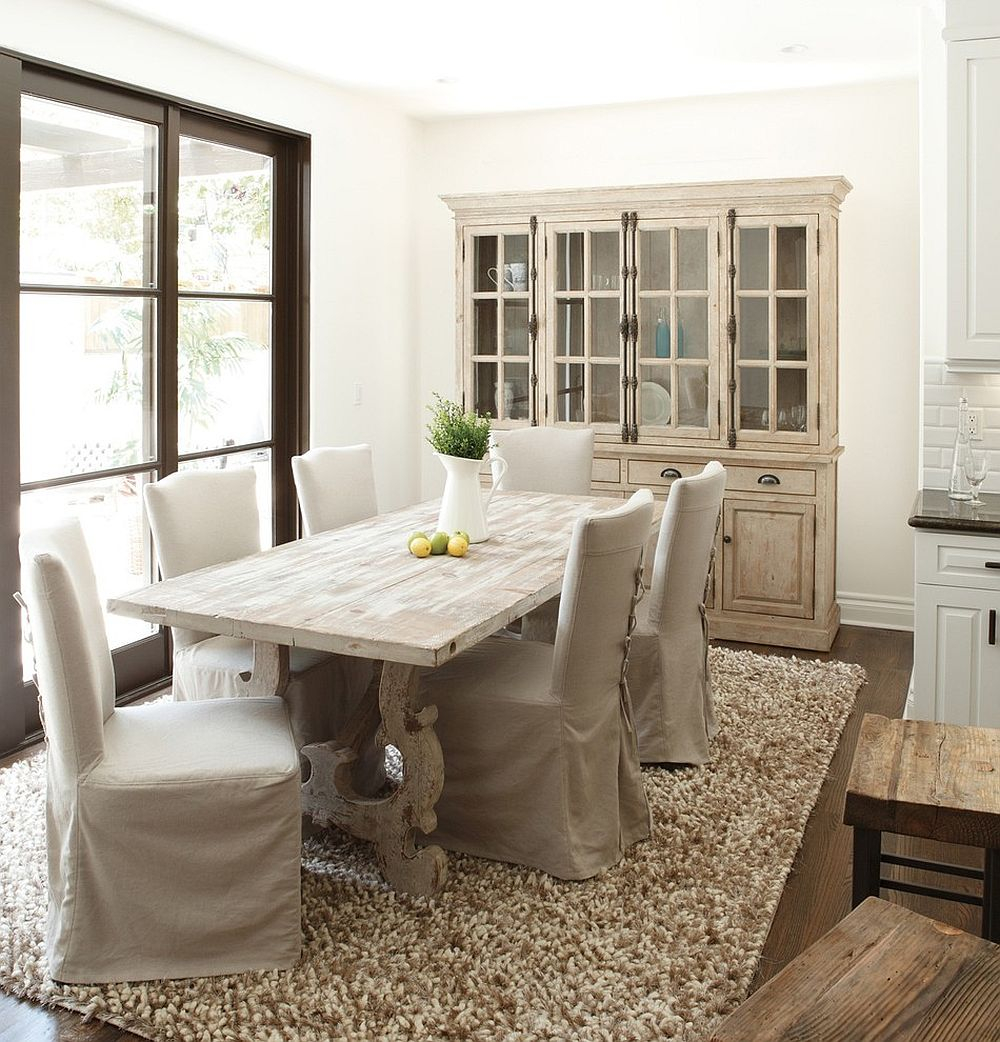Think about your dining table. It’s probably seen a lot, hasn’t it? From boisterous family dinners and intimate gatherings to homework sessions and maybe even a craft project or two. It’s more than just a place to eat; it’s a centerpiece for memories, a silent witness to life’s unfolding moments. Because it’s used so much, keeping it looking its best can feel like a challenge. But with a little know-how and some consistent care, you can ensure your dining table remains a stunning and functional focal point for generations to come. Let’s dive into the art of keeping it pristine.
We all want our furniture to last, especially something as central as a dining table. It’s an investment, both financially and sentimentally. But how do you protect it from the daily wear and tear, spills, and the general chaos of life? It’s not about wrapping it in plastic, of course. It’s about understanding the materials, employing smart techniques, and adopting a mindful approach to its use and upkeep. This guide will walk you through everything you need to know, from everyday protection to dealing with those inevitable little mishaps. Get ready to unlock the secrets to dining table preservation.
Understanding Your Table’s Material Matters
The first step in preserving your dining table is knowing what it’s made of. Is it solid wood, veneer, laminate, or perhaps a composite material? Each has its own unique needs and vulnerabilities. For solid wood tables, moisture and extreme temperature changes are the biggest enemies. Wood expands and contracts, and improper care can lead to warping or cracking. Veneer tables, while often beautiful and more budget-friendly, require a gentler touch; you don’t want to sand or scrape too aggressively, as you might go through the thin top layer. Laminates and composites are generally more durable and resistant to scratches and stains, but they can still be damaged by heat or harsh chemicals. Knowing your table’s composition is the foundation for all sound preservation efforts.
Everyday Defenses: Protection is Key
Prevention is truly the best cure when it comes to dining table care. Think of it like building a shield around your table. Using placemats and coasters isn’t just a style choice; it’s crucial for preventing scratches, heat damage, and those dreaded water rings. Even a simple coaster can save your table from a condensation-filled glass. For everyday use, a tablecloth or table runner can offer an extra layer of protection, especially during meals. Consider a vinyl or felt-backed protector pad for a more robust barrier during active use, like busy family dinners or craft sessions. These simple habits, done consistently, make a world of difference in maintaining the table’s pristine appearance.
The Art of Cleaning: Gentle Does It
When it comes to cleaning, less is often more. For most wood tables, a soft, damp cloth is your best friend. Wipe down spills immediately with a clean, dry cloth. Avoid abrasive cleaners, ammonia-based products, or harsh detergents, as these can strip away the finish or even damage the wood itself. For tougher grime, a mild soap diluted in water is usually sufficient. Always wipe with the grain of the wood and dry thoroughly. For spills on protected surfaces like laminates, mild soap and water are generally safe, but always check the manufacturer’s recommendations. Remember, the goal is to clean without causing further harm. A little bit of care goes a long way.
Dealing with Spills and Stains: Quick Action is Vital
Accidents happen, right? The key to managing spills and stains is to act fast. For liquid spills, blot them up immediately with an absorbent cloth. Don’t rub, as this can spread the spill and push it deeper into the finish or wood. For greasy stains, a little baking soda sprinkled on the spot can help absorb the oil. Let it sit for a bit, then gently brush it away. For tougher stains or rings, especially on wood finishes, you might need specialized wood cleaners or polishes. A paste of baking soda and water can sometimes lift stubborn marks, but test it on an inconspicuous area first. Patience and gentle methods are crucial here.
Maintaining the Finish: Polishing and Protection
Over time, even with the best care, a table’s finish can dull. Periodic polishing can restore its luster and provide an additional protective layer. For wood tables, use a quality furniture polish or wax specifically designed for your table’s finish. Apply it sparingly with a soft cloth, following the grain, and buff gently. Don’t over-polish, as this can build up residue. For tables with a painted or lacquered finish, a gentle cleaning and a specific furniture wax might be more appropriate. Always choose products that are compatible with your table’s material and finish. A well-maintained finish is the primary defense against damage.
Environmental Factors: Controlling the Climate
The environment surrounding your dining table plays a significant role in its longevity. Direct sunlight can fade and dry out wood finishes over time. If your table is in a sunny spot, consider using curtains or blinds to filter the light. Similarly, extreme temperature fluctuations and humidity can cause wood to expand and contract, potentially leading to cracks or warping. Avoid placing your dining table directly next to heat sources like radiators or fireplaces. Maintaining a stable indoor climate, with moderate humidity and temperature, is one of the most effective ways to preserve your table’s integrity and appearance.
Preserving your dining table isn’t about creating a museum piece that can’t be used. It’s about fostering respect for a valuable and functional item that brings people together. By understanding its material, employing everyday protective measures, cleaning with care, and being mindful of its environment, you’re not just maintaining its appearance; you’re safeguarding the countless memories that will continue to be made around it. So go ahead, use your table, enjoy your meals, and let your family gather. With these simple yet effective preservation techniques, your dining table will remain a cherished part of your home for many, many years to come.

